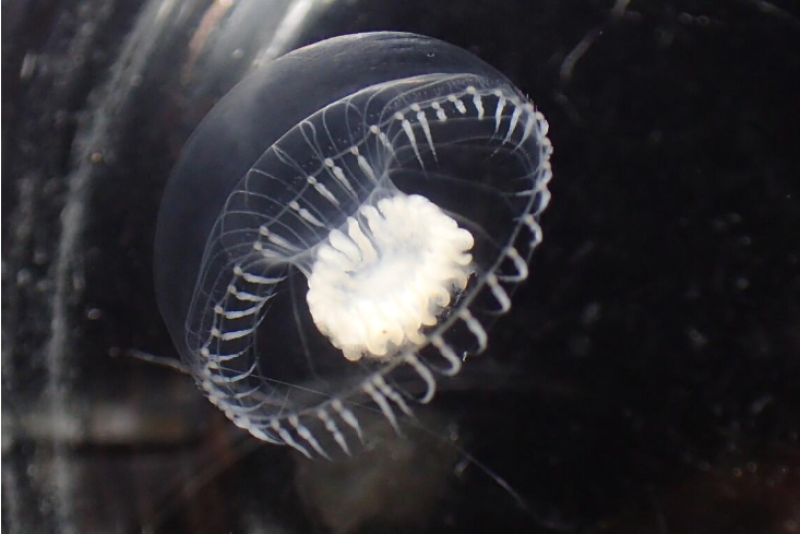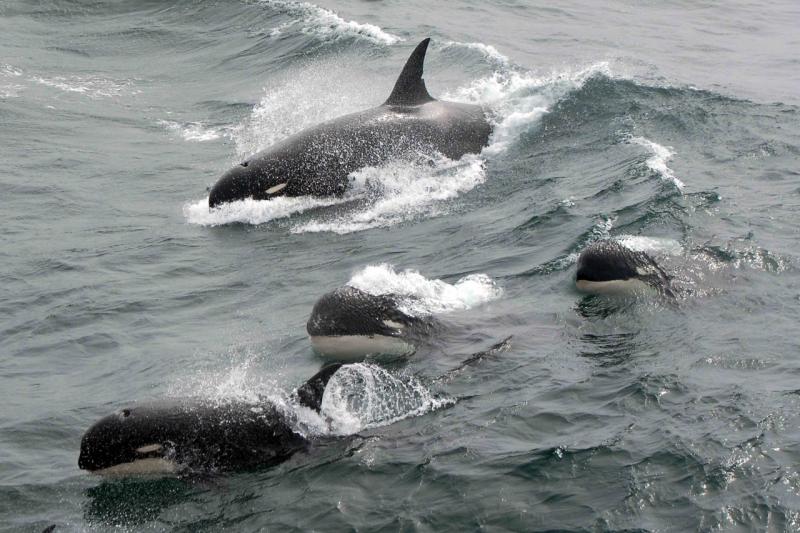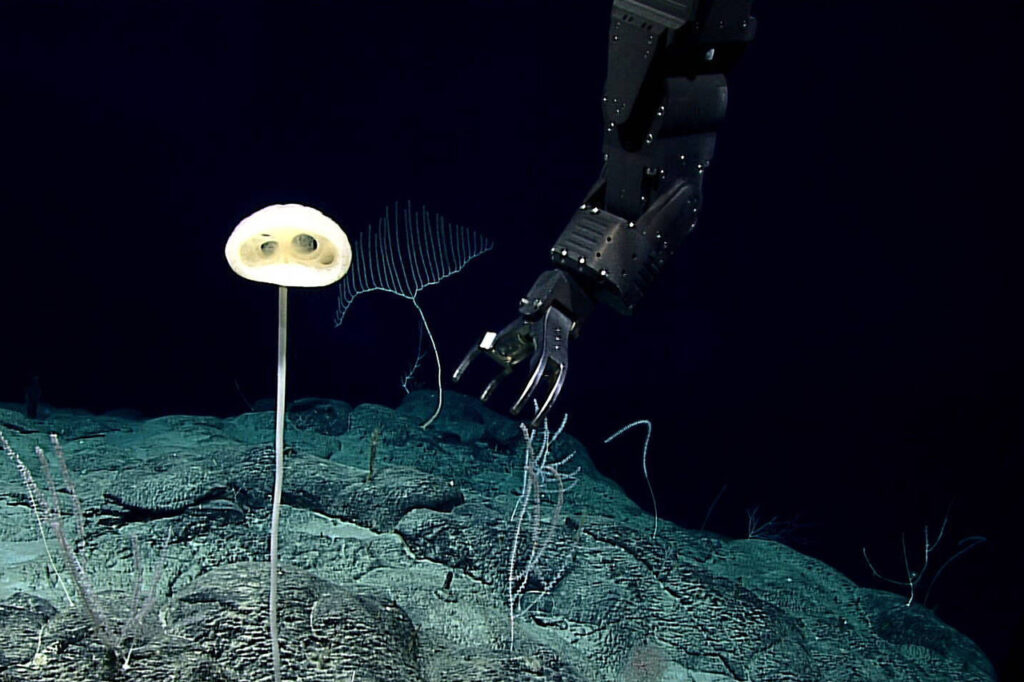It is estimated that there are between 700,000 and 1 million different species found in the ocean. It is also estimated that about two thirds of these species have yet to be discovered. The value of these undiscovered species to ecosystems, food chains, and even to us as humans is unknown. It is of utmost importance that marine biologists and other scientists are able to conduct research and discover new species. Organizations like NOAA have discovered and are still working to discover new species in the ocean. NOAA Fisheries scientists have discovered dozens of species over the years, including fish, sharks, whales, and invertebrates.
New Jellyfish in Japan
In 2018, a Japanese boy named Ryoya Sugimoto collected a few dozen jellyfish to study from Tanabe Bay in Wakayama, Japan. He collected them because he noticed they were morphologically different from any jellyfish species that he had seen before. Years later, when the jellyfish reached full maturity, he realized that he may have discovered a new species. Sugimoto, who was now a student at the University of Tokyo, contacted Dr. Allen Collins at NOAA. Collins offered to conduct genetic and morphological analyses of the specimens for Sugimoto. It was found that the specimens were genetically and morphologically distinct. Sugimoto named it the integral jellyfish, and its official scientific name is Orchistoma integrale. Despite the name, this jellyfish is actually a hydrozoan. They are closely related to true jellyfish, which are known as scyphozoans.

“Type D” Killer Whales found off of Cape Horn, Chile
In January of 2019, a team of scientists working off of southern Chile identified what might be a new species of killer whale. They are called Type D killer whales, and they were previously only known from a beach stranding in New Zealand more 60 years ago, along with stories from fishermen and photographs from tourists. The team collected genetic samples that will help determine if this animal is new to science. These Type D killer whales have a unique morphology; they have more rounded heads, a narrower and more pointed dorsal fin, and also a tiny white eyepatch. It was found that the DNA from these Type D killer whales and the DNA from the Type D killer whale that was stranded in New Zealand were identical. This suggests that there was inbreeding over many generations, which may have led to the development of these distinct morphological characteristics.


Deep Sea Sponge Discovery
On July 25th, 2017, a strange deep sea sponge was discovered during an expedition on NOAA’s ship the Okeanos Explorer. The sponge was found on a high stalk, and its body had two massive holes. They called it the “E.T. sponge”, and once it was determined to be a new species it was named Advhena magnifiica. Sponges are one of the most diverse and abundant groups of organisms on the ocean floor, and there are many that have yet to be described.

These are just a few of the many new species that have been described by NOAA.